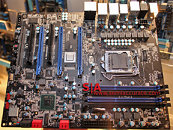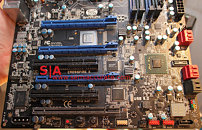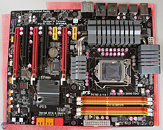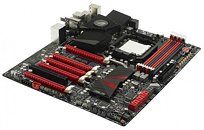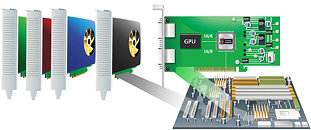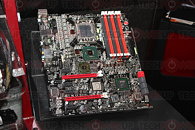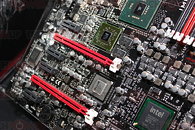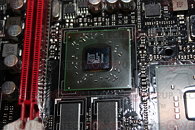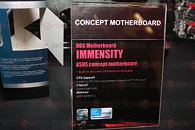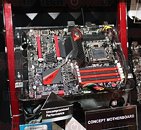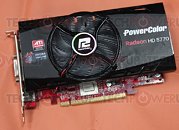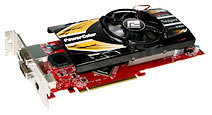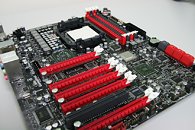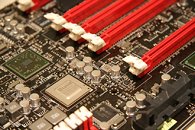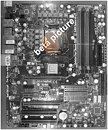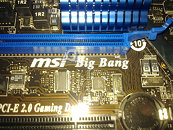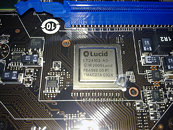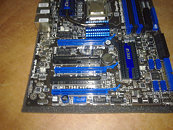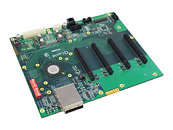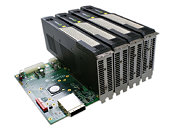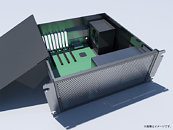
Lucid Virtu to Be Licensed on Select Genuine Intel Desktop Boards with H67 and Z68
Marking a major customer engagement with Intel, LucidLogix today announced that its Virtu GPU virtualization software will be integrated into various SKUs of Genuine Intel Desktop Boards based on the Intel H67 and Z68 chipsets. Virtu allows the systems to simultaneously take full advantage of both the low-power best-in-class media processing features of the 2nd generation Intel Core processor graphics and the 3D gaming performance of add-in cards with graphics processing units (GPU).
"Intel is the world leader in CPU technology and a globally trusted brand, therefore their choice of the Virtu solution is a testament to the quality performance and integration of the technology," said Offir Remez, president and founder of LucidLogix. "The best thing about this collaboration is that the end user is the real winner. Intel H67 and Z68 desktop board owners will enjoy both a media and a high end graphics platform that is more powerful than ever seen before."
"Intel is the world leader in CPU technology and a globally trusted brand, therefore their choice of the Virtu solution is a testament to the quality performance and integration of the technology," said Offir Remez, president and founder of LucidLogix. "The best thing about this collaboration is that the end user is the real winner. Intel H67 and Z68 desktop board owners will enjoy both a media and a high end graphics platform that is more powerful than ever seen before."


